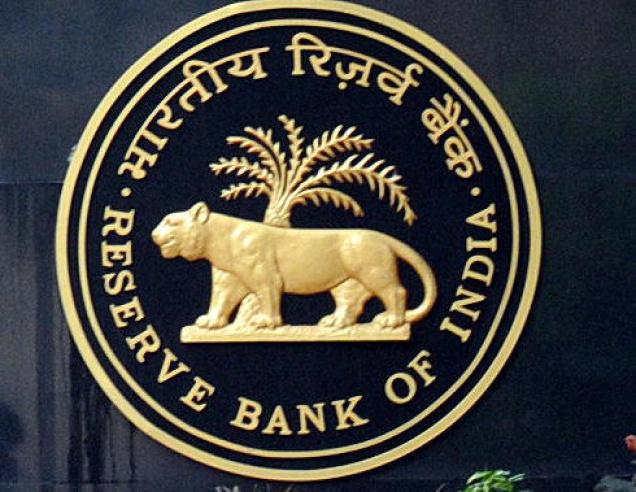
On April 6, 2017, the Reserve Bank of India(RBI) published the latest Monetary Policy Report. Buried on page 40 of the report is a very interesting data point which rather surprisingly hasn’t been splashed on the front pages of the pink papers as yet.
In 2016-2017, Indian banks gave out total non-food credit worth Rs 3,65,500 crore. Banks give working-capital loans to the Food Corporation of India(FCI) to carry out its procurement actions. FCI primarily buys rice and wheat directly from Indian farmers using the loans it takes from banks. When these loans are subtracted from overall loans given out by banks, we arrive at non-food credit.
In 2015-2016, the total non-food credit of banks had amounted to Rs 7,02,400 crore. What this means that non-food credit came crashing down by close to 48 per cent during the course of 2016-2017, the last financial year. To put it simply, this basically means that in 2016-2017, banks lent around half of what they had lent out in 2015-2016.
The important question is why has this happened? A major reason for this is that the total outstanding loans to industry has actually shrunk in 2016-2017(between April 2016 and February 2017, which is the latest data available) by Rs 60,064 crore. This basically means that Indian banks on the whole, did not give a single new rupee to industry as a loan during the course of 2016-2017.
And the reason for that is very straightforward. Over the years many corporates have defaulted on the loans they had taken on from banks, in particular public sector banks. And this explains why banks are not in the mood to lend to corporates anymore. As they say, one bitten twice shy.
In fact, as on December 31, 2016, the gross non-performing assets or bad loans of public sector banks had stood at Rs 6,46,199 crore, having jumped by 137 per cent over a period of two years. Bad loans are essentially loans in which the repayment from a borrower has been due for 90 days or more. The bad loans of private banks as on December 31, 2016, stood at Rs 86,124 crore.
A major chunk of these defaults has come from corporates. As of March 31, 2016, the total corporate bad loans of public sector banks had stood at Rs 3,36,124 crore or 11.95 per cent of the total loans given out to corporates. It formed a little more than 62 per cent of the total bad loans. This is the latest number I could find in this context. There is enough anecdotal evidence to suggest that the situation has worsened since then.
Given this, as I said earlier, banks are not in the mood to lend to corporates. Hence, their overall lending for 2016-2017 has shrunk by half in comparison to 2015-2016.
The interesting thing is that while Indian banks may not be lending as much, the other sources of funding haven’t really dried up. Private placements of debt jumped up majorly in 2016-2017 in comparison to 2015-2016 and so did issuance of commercial paper by non-financial entities. Over and above this, the foreign direct investment into the country continued to remain strong. During 2016-2017, FDI worth Rs 2,53,500 crore came into the country. This was more or less similar to the amount that came in 2015-2016.
In total, the flow of financial resources to the commercial sector stood at Rs 1,262,000 crore, the RBI estimate suggests. This is around 12.1 per cent lower than the last year. Hence, the overall availability of money has shrunk but the situation is not as bad as bank lending data makes it out to be.
Basically, while banks may not want to lend to corporates, there are other sources of funding that do remain strong. Having said that, a fall of more than 12 per cent in total flow of financial resources to the commercial sector, is not a good sign on the economic front. This can only be corrected only after banks come back into the mood to lend to corporates. And that will only happen when banks get into a position where they are able to recover back from corporates a significant chunk of their bad loans. As of now no such signs are visible.
The column originally appeared in the Daily News and Analysis on April 25, 2017
